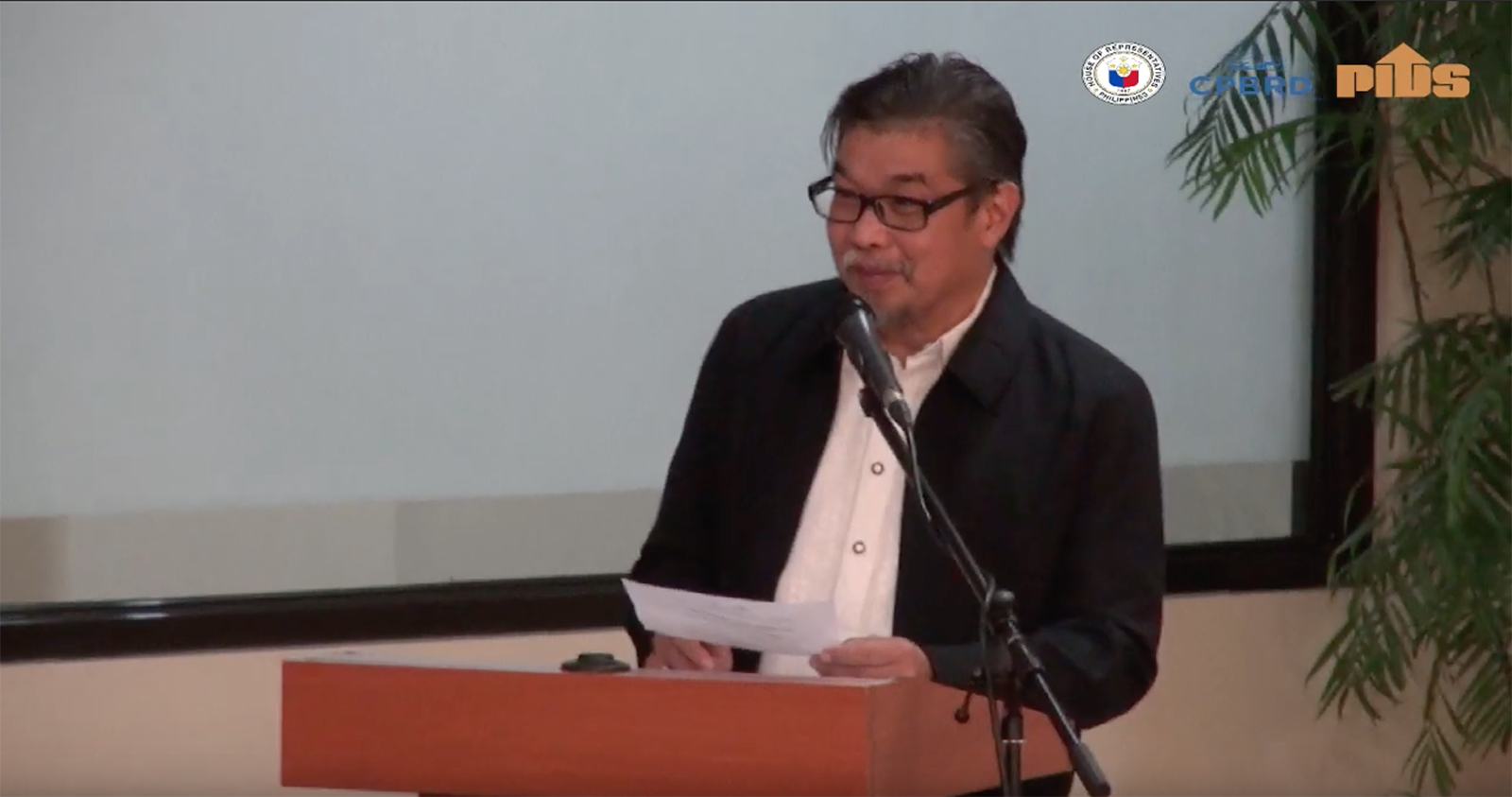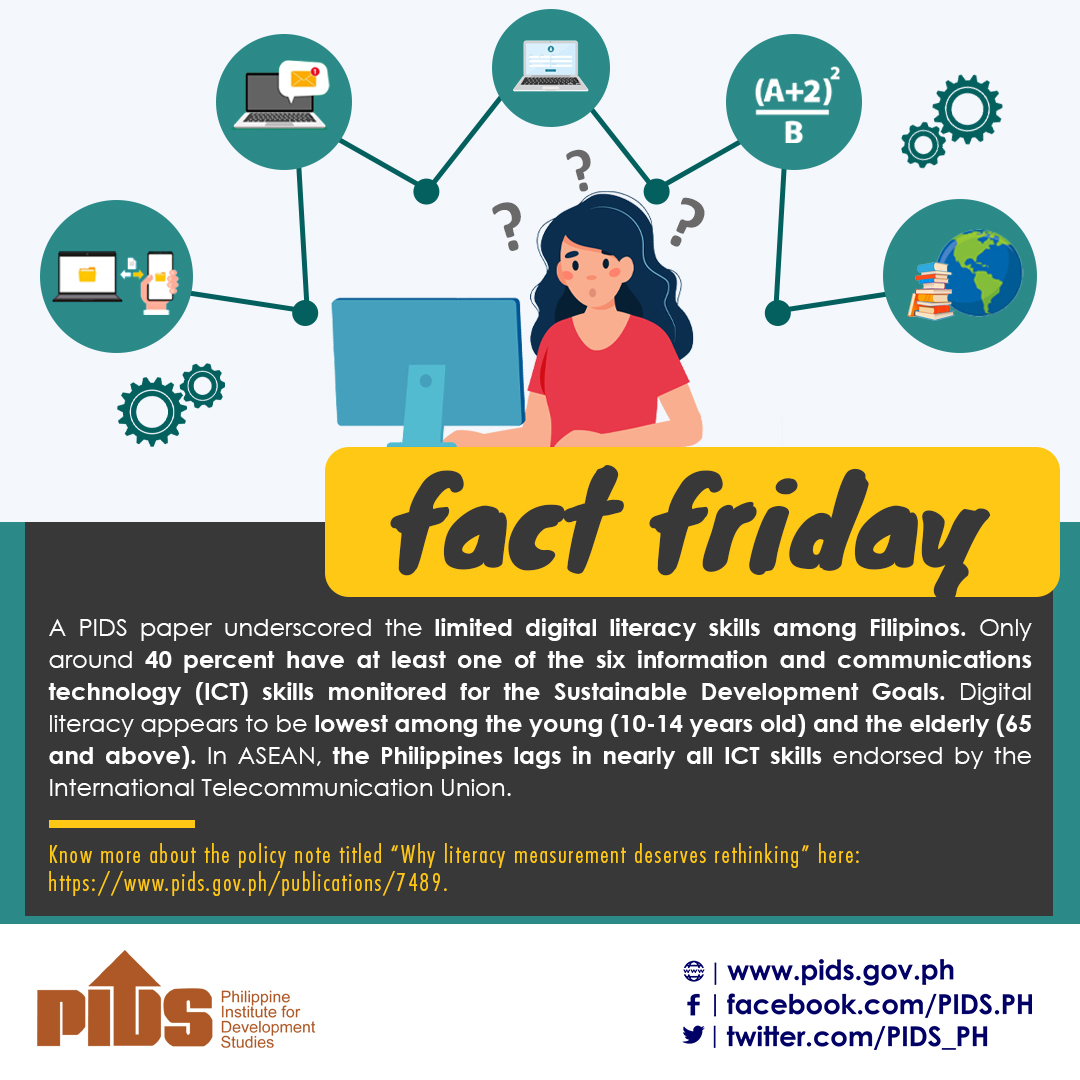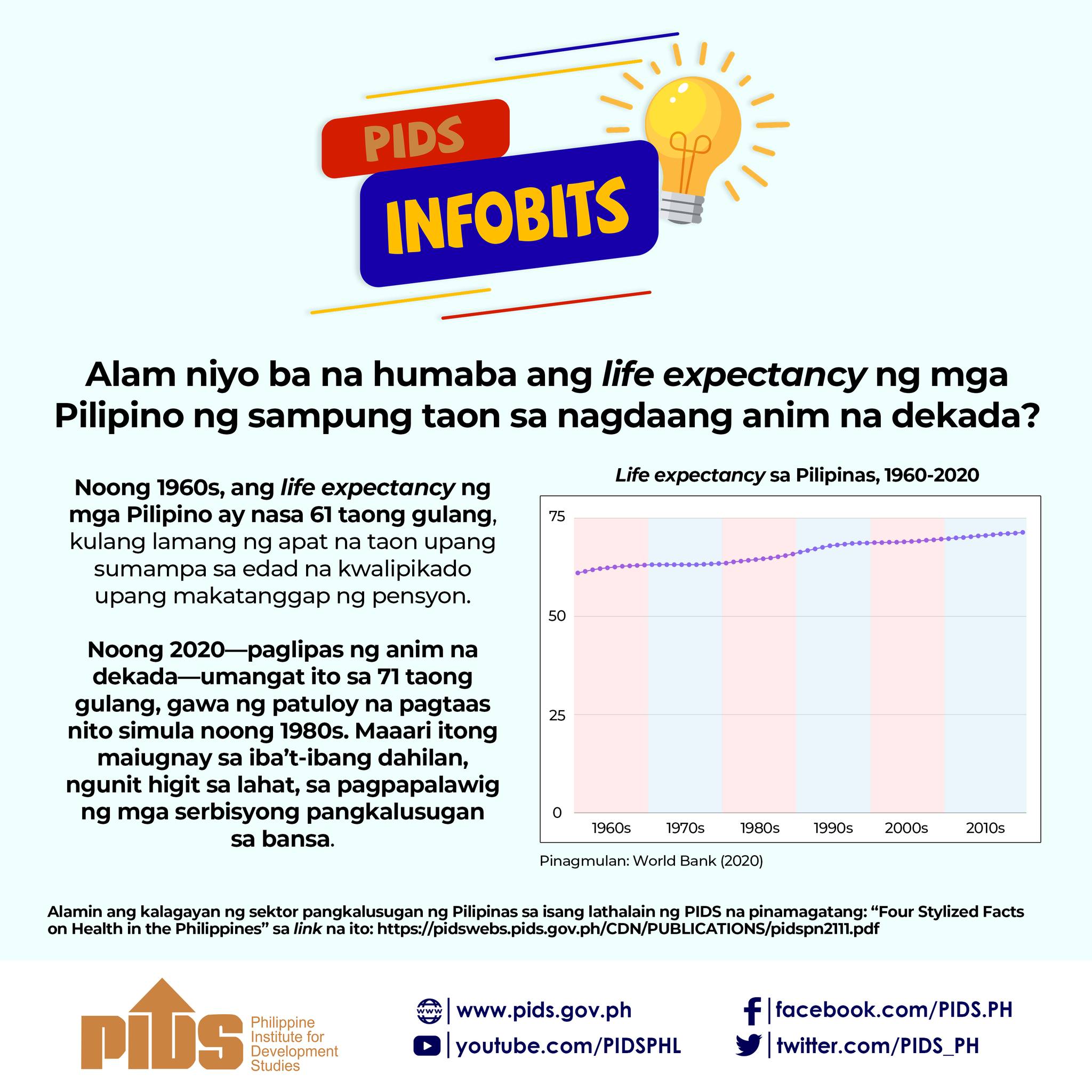A tweet that accused rice of being a saboteur to the ascent of Filipino cuisine on the world stage united netizens in defending the staple grain, underscoring how in a diverse nation of 109 million people, rice is life.
It's a staple for breakfast, lunch, to dinner, and sometimes even for snacks. No proud Filipino will eat the country's unofficial national dishes adobo and sinigang without piping hot rice. So it was no surprise that netizens saw slander in describing rice as "too ethnic".
Why is rice life for Filipinos? The answer is both cultural and socioeconomic but to simplify: It's Philippine society on a plate.
Rice fills the tank
For tricycle driver Joseph Marindo, the lack of rice means hunger. He makes sure to buy kilos upon kilos of the grain daily to feed his family of three for an entire day. Never mind the lack of meat or vegetables. For Marindo, rice is the priority and the first thing he needs to provide for his home.
"Hindi puwedeng walang bigas. Ayos lang yung walang ulam pero hindi puwedeng walang kanin kasi gutom aabutin," he told reportr.
"Mabigat kasi sa tiyan [ang kanin] at matagal bago magutom ulit," he said of the grain, noting the many ways to cook rice if there is a lack of meat such as by mixing it with instant noodles.
In a country where nearly half of the population view themselves as poor, rice is the default choice for a meal because it's tummy filler--a high-carb food. When money is limited, keeping stomachs full for a longer period of time is a must.
"Rice remains crucial for commensality in Philippine households. Among the poorest, rice will suffice to constitute a meal," according to the study “Rice in the Filipino Diet and Culture” by Filomeno Aguilar Jr. and published by the Philippine Institute for Development Studies.
"Rice therefore stands for the 'we' even in the poorest of families," it added.
For households facing a scarcity in vegetables, meat, or fish, rice can be cooked as porridge or lugaw with salt. It can be steamed and served plain with soy sauce for taste. For those with extra cash to spare, rice can be served as merienda too such as native delicacies biko and suman. You can also turn it into champorado or coco porridge.
"Rice is integral to the Filipino concept of a meal. It is the basis of commensality, defining small local entities, particularly the household and its associated relations," the PIDS study said.
Rice is a status symbol
The variety of rice one serves or eats tells of one's economic standing.
Families strapped for cash for instance often buy the cheaper NFA rice which has been criticized time and time again for its poor quality. Then there's Dinorado and Milagrosa rice which are a step higher than the NFA rice.
For the middle-class families, high aromatic rice varieties such as Sinandomeng is the choice. The rich go a step higher opting for imported Japanese rice or Jasmine rice.
As explained in the PIDS study, the rich prefer rice that is soft and aromatic, while poor families prefer rice that expands well and takes longer to digest so that those who eat it feel fuller longer.
"Pag may bigas kasi, ayos na. Sigurado ka na hindi kayo magugutom. Ang mahalaga may laman ang tiyan," tricycle driver Marindo said.
The presence of unli-rice fast-food chains such as Mang Inasal, and free extra rice promos in some diners also prove how rice defines the Filipino meal.
Rice is part of tradition
More than its role on the dinner table, rice is also ingrained in Philippine tradition.
Newlyweds get showered with grains of rice as a sign of blessing, and, as custom dictates, the presence of rice is needed too before moving into a new home to ward off evil spirits.
Many provinces across the country also celebrate rice festivals such as the Pahiyas in Quezon, and the Sinanggiyaw in Cebu--a testament to the deep relationship between Filipinos and the grain.
"Rice retains symbolic significance for many Filipinos, at least within small groups," the PIDS study noted.
So the next time one thinks of why Filipinos are a rice-loving people, remember that the grain has deep roots in the country and as the PIDS study noted, "the purchase, consumption, and enjoyment of rice are inseparable from the large socioeconomic disparities of Philippine society."











